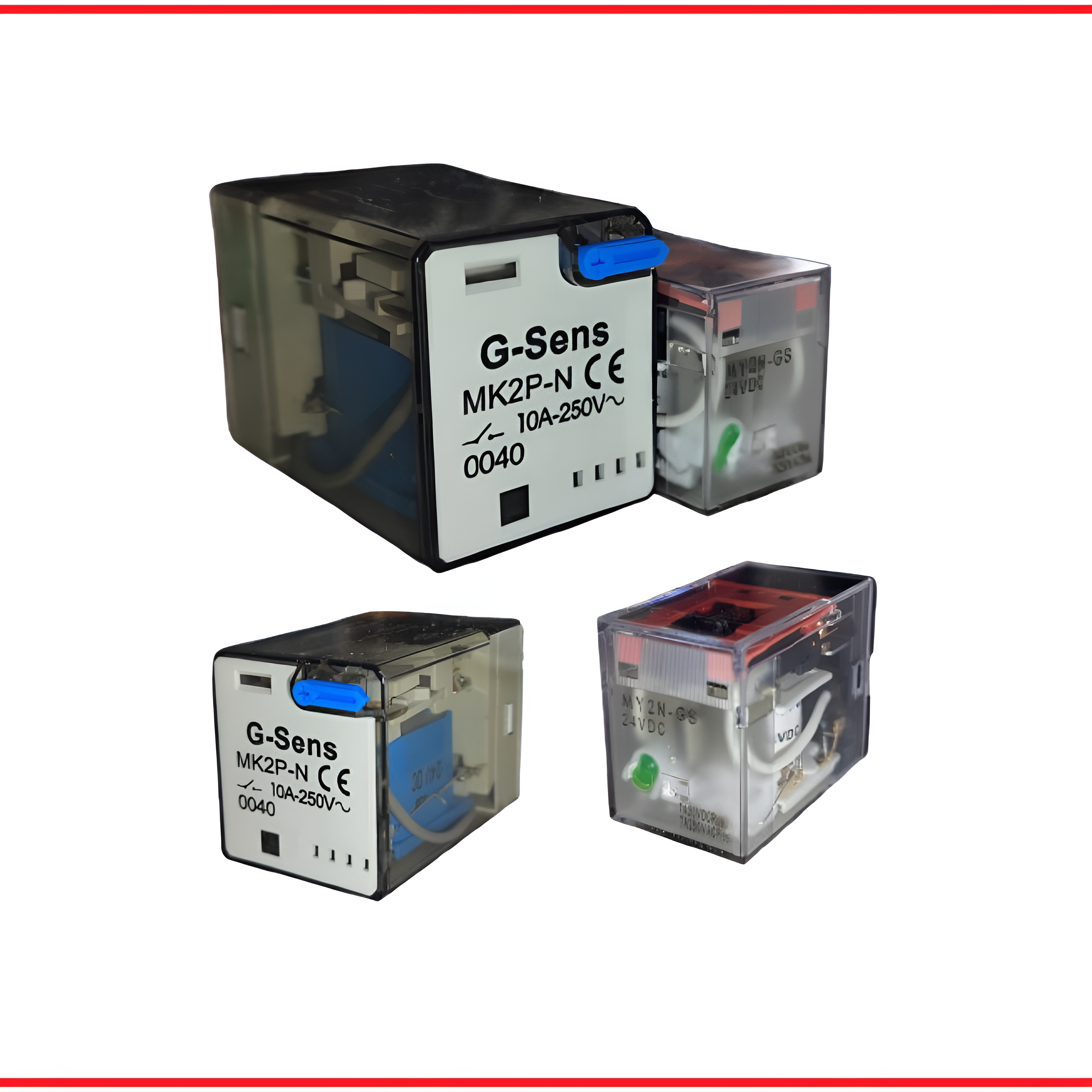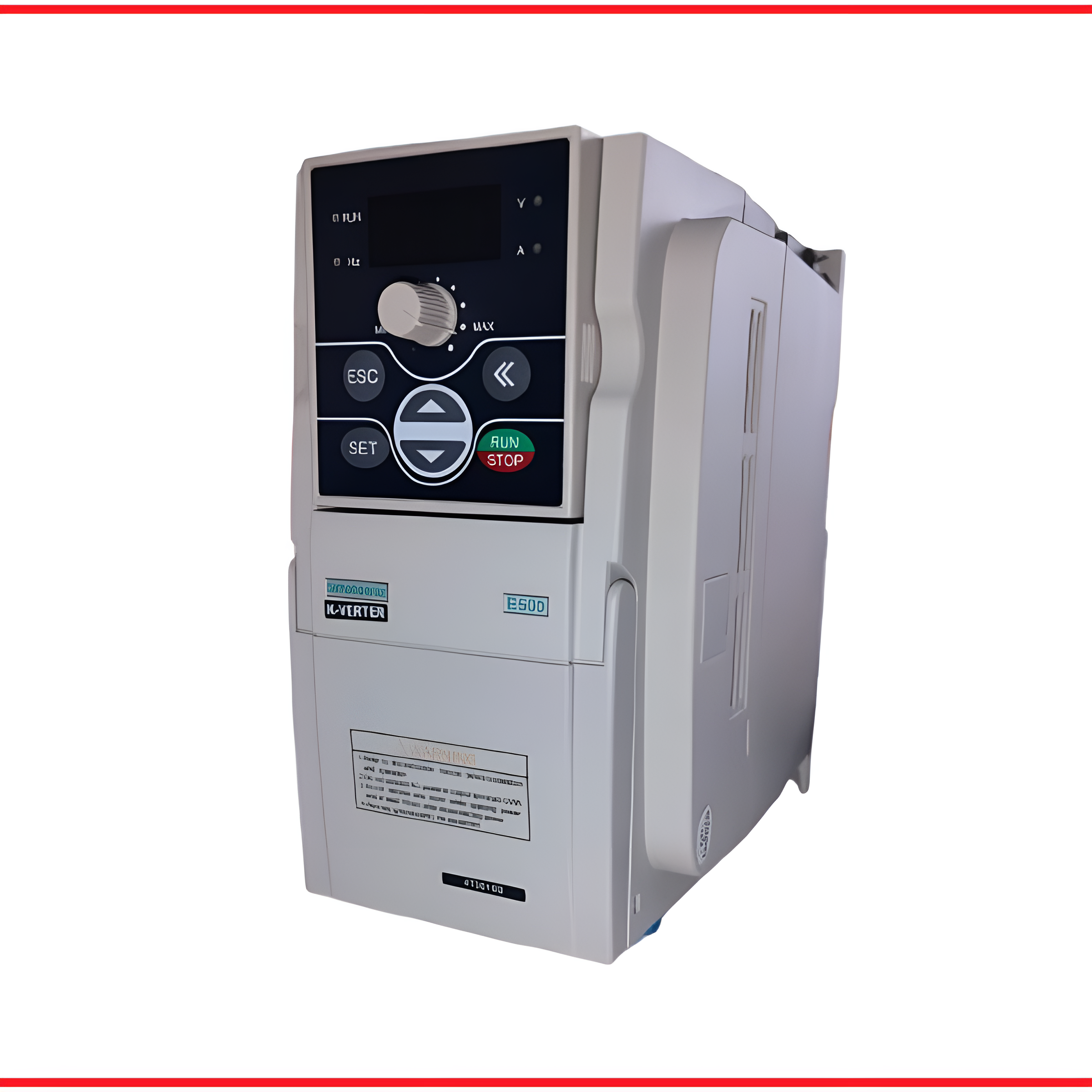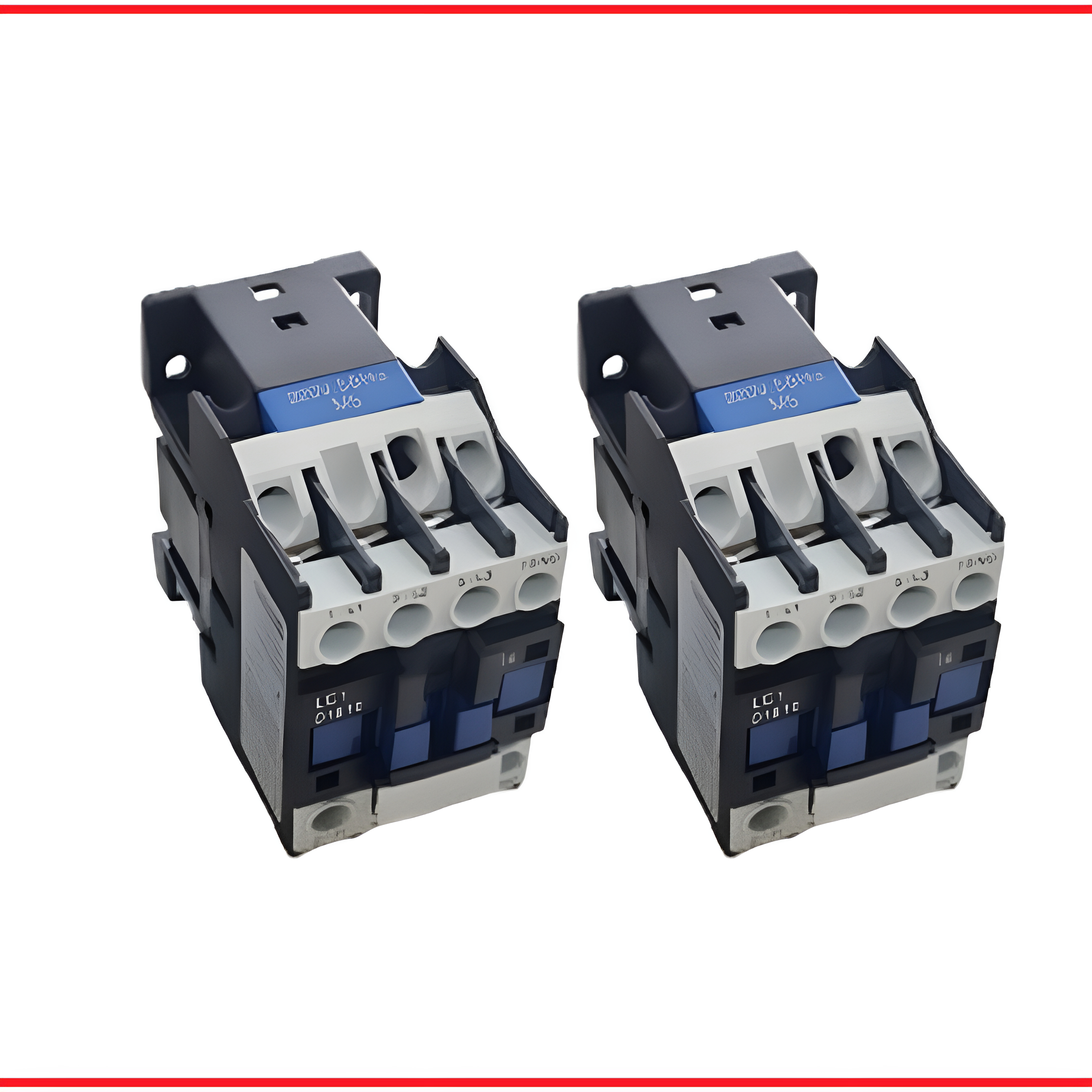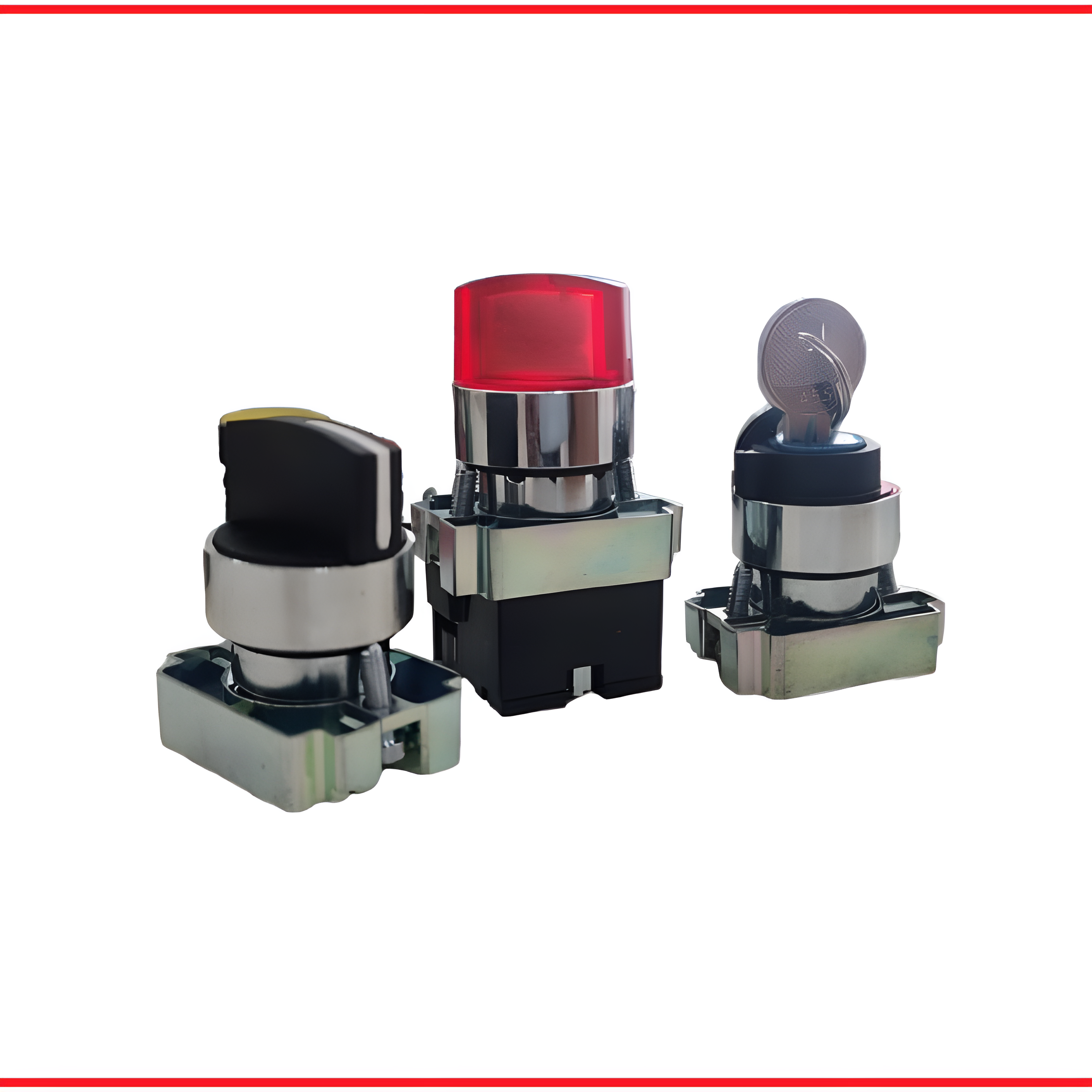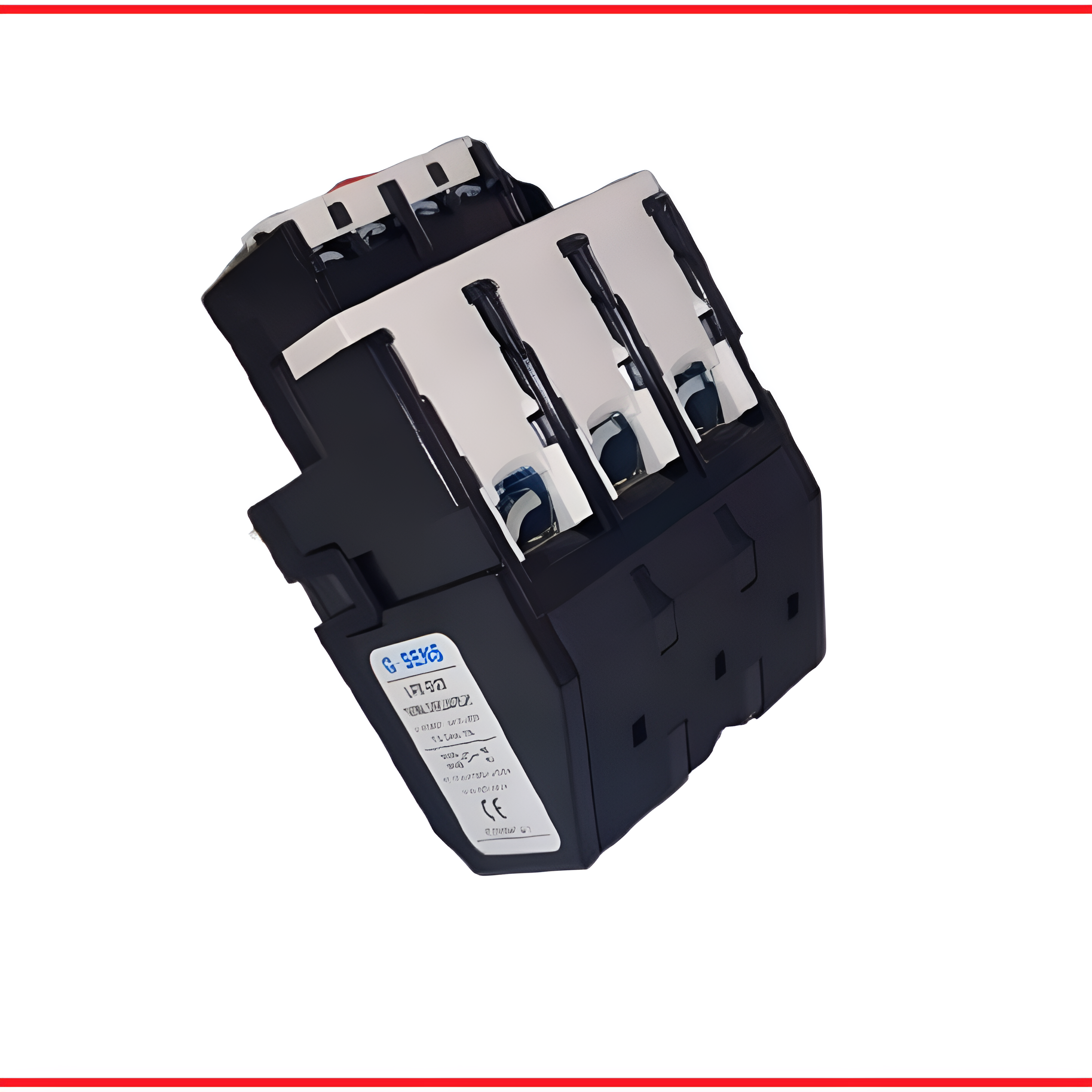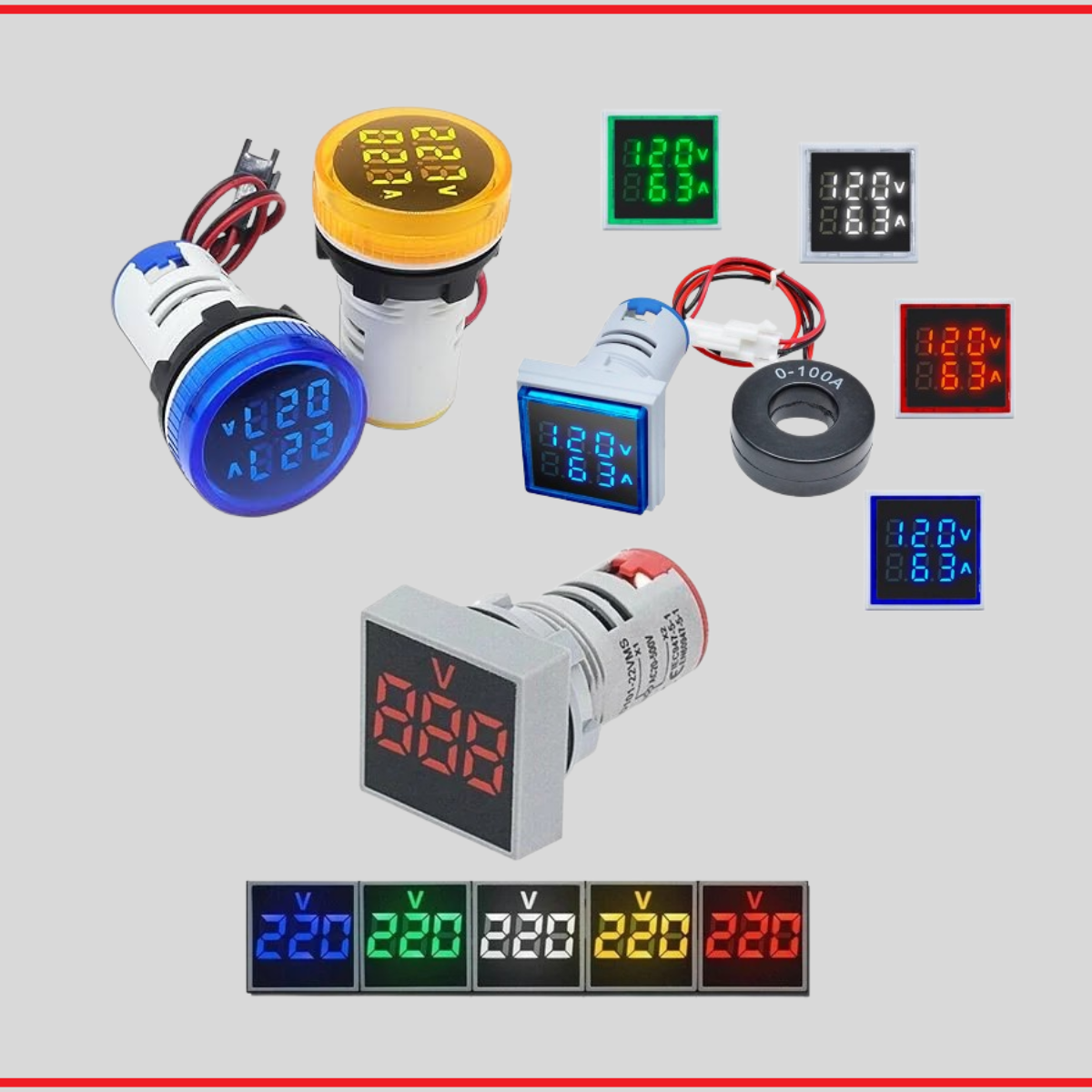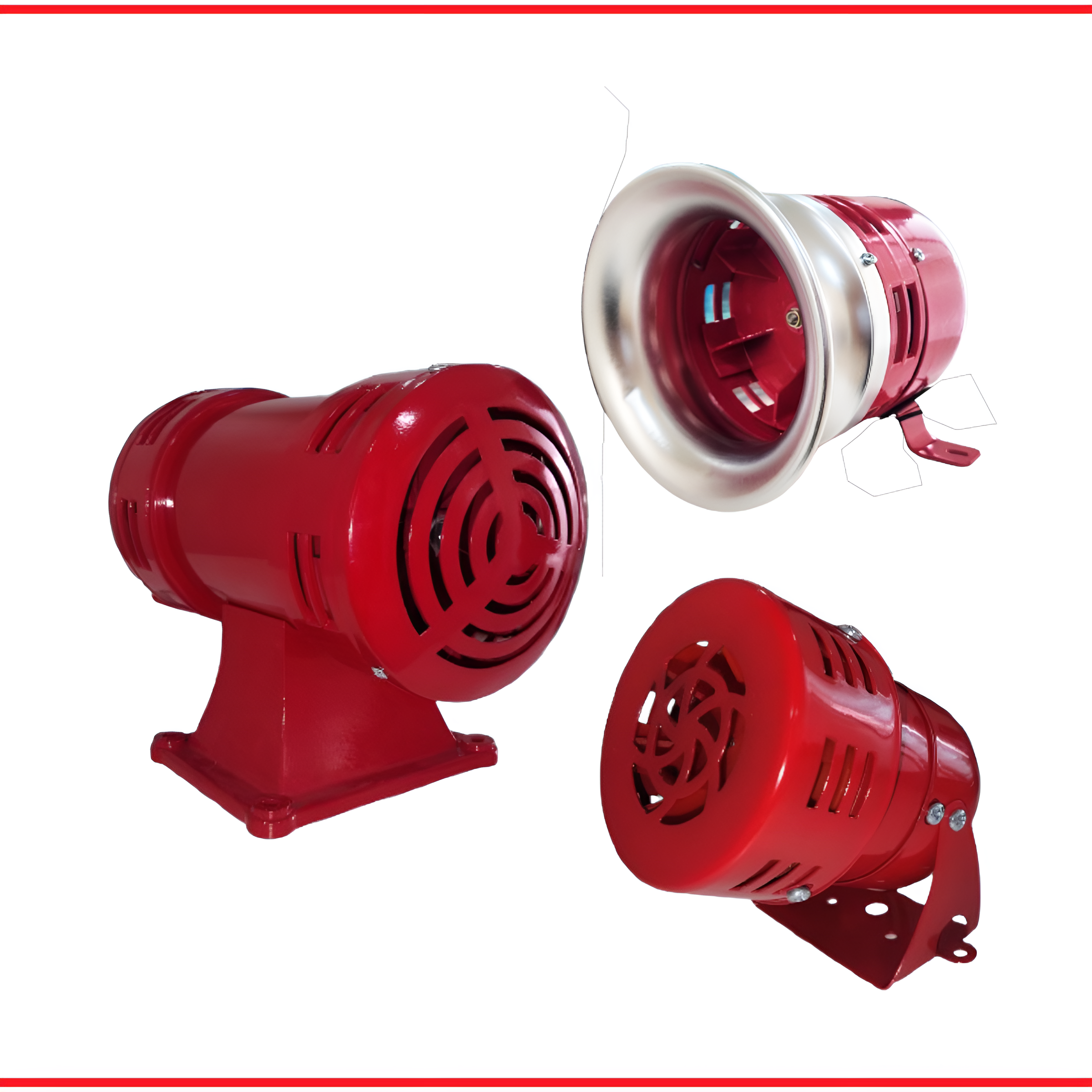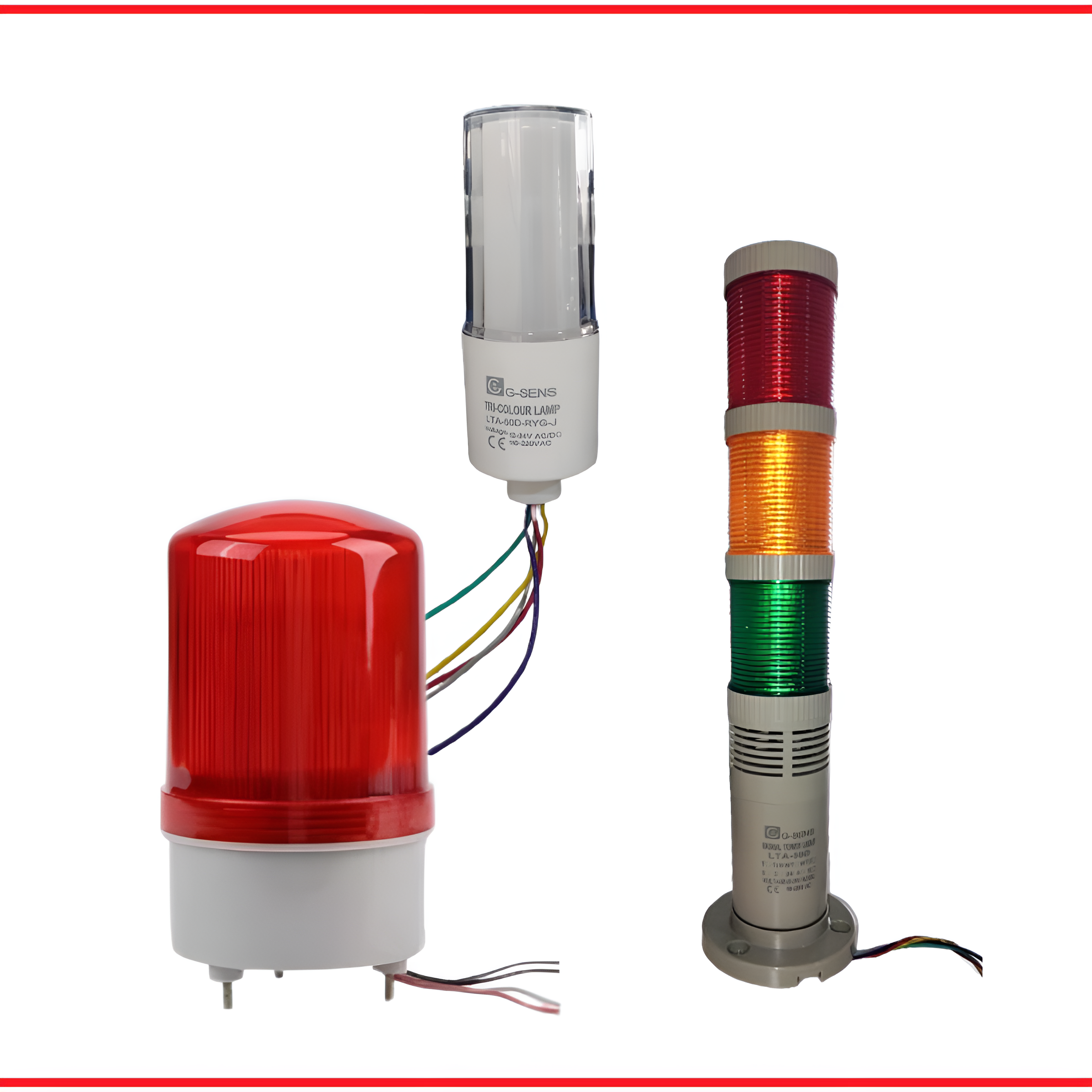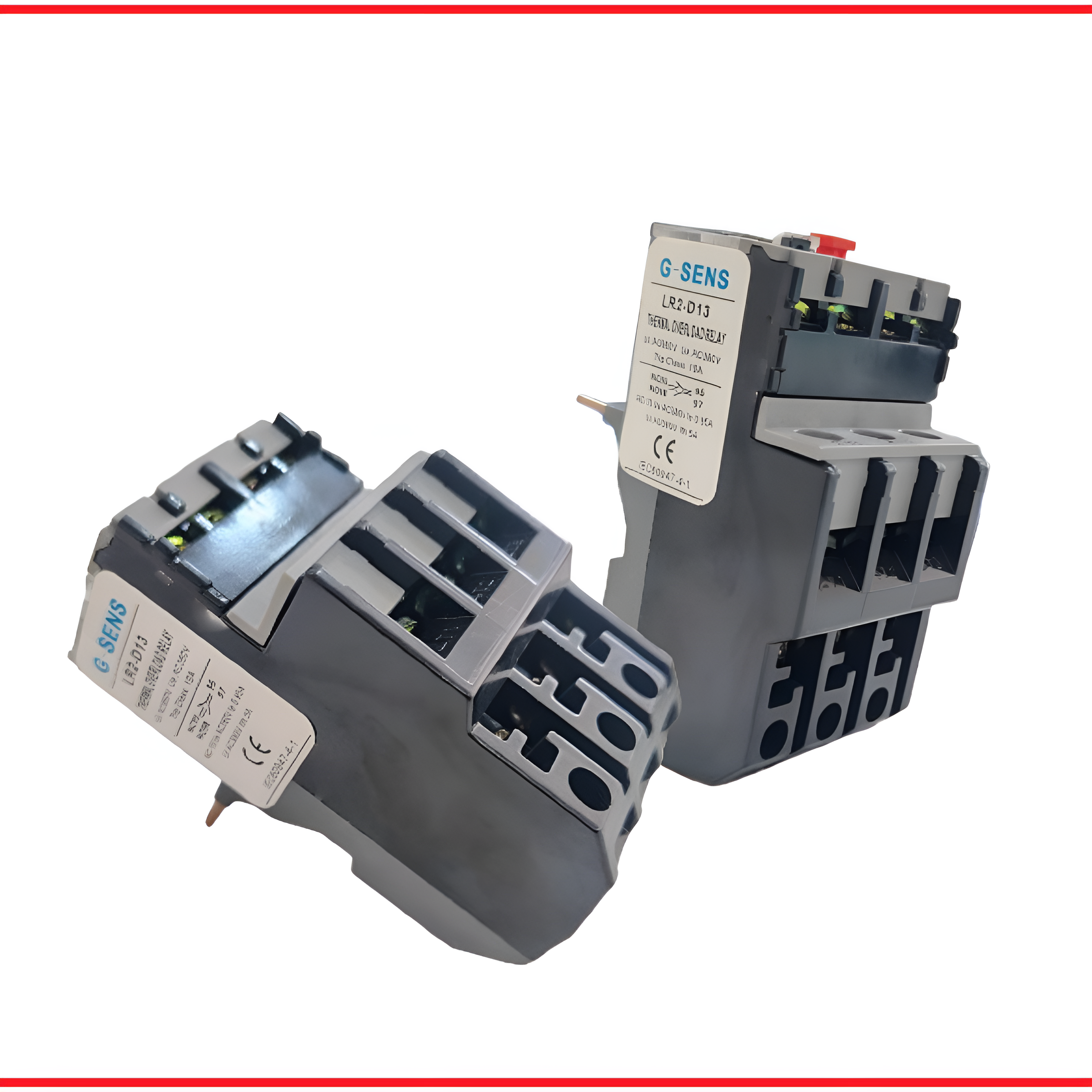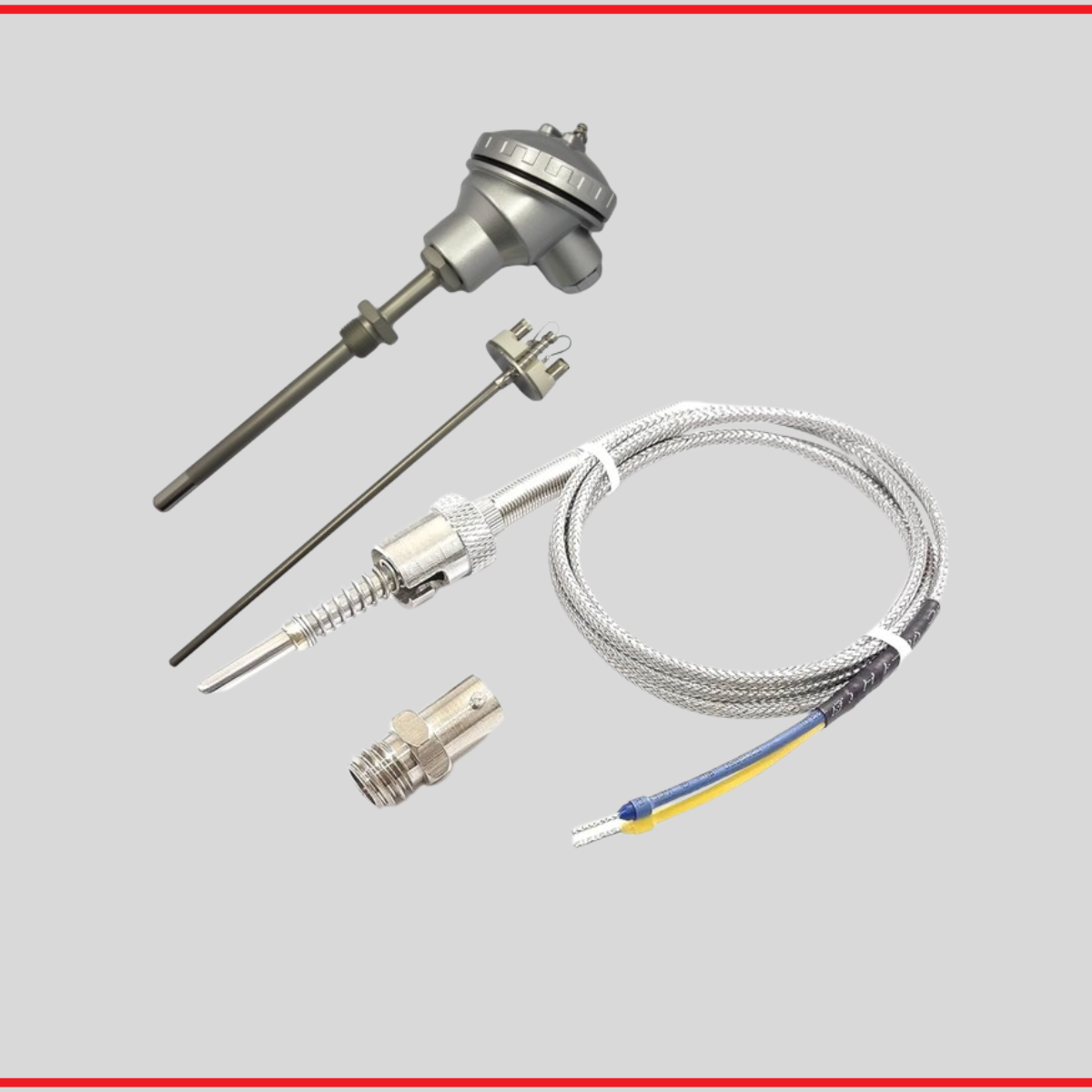Here in Chhatrapati Sambhajinagar, Maharashtra, like many cities across India, we often experience the dynamic interplay between electricity demand and supply. From the hum of industrial units to the lights in our homes, reliable power is the backbone of our daily lives and economic growth. But what if our electrical grids could be smarter, more resilient, and even interactive? This is where the concepts of Smart Grid and Power Distribution Automation come into play, promising a revolution in how we generate, distribute, and consume electricity.
Imagine an electrical grid that isn't just a one-way street of power delivery but a sophisticated, two-way digital communication network. That's a Smart Grid! It integrates advanced technologies like digital sensors, real-time data analysis, and communication infrastructure with our traditional electrical network. The goal? To create a more efficient, reliable, secure, and sustainable electricity system.
Think of it as transforming our current, often analog, grid into a highly responsive, intelligent system. This intelligence allows for:
While the Smart Grid is the overarching vision, Power Distribution Automation (PDA) is the practical engine that makes much of it possible, especially at the local level – right down to our neighborhoods in Chhatrapati Sambhajinagar. PDA involves automating the operational functions of the distribution network.
This means using intelligent electronic devices (IEDs), sensors, communication networks, and control systems to monitor and control various components of the distribution system, such as:
For a rapidly developing nation like India, with its ambitious growth targets and commitment to renewable energy, Smart Grids and Power Distribution Automation are not just luxuries – they are necessities.
The journey towards a fully smart grid is complex, requiring significant investment in technology, infrastructure, and skilled manpower. However, the benefits – economic, environmental, and social – are immense. Projects are already underway across India to modernize our grids, and it's exciting to imagine how these advancements will transform our local power landscape.
Imagine fewer power cuts, more stable voltage for our electronics, and a grid that efficiently uses every watt generated, including from the solar panels on our own rooftops. That's the future that Smart Grids and Power Distribution Automation are building, one intelligent connection at a time.
What are your thoughts on Smart Grids? Have you experienced any benefits of automated power systems in your area? Share your comments below!
G-SENS is the best electronic automation component manufacturer from India
We are a leading manufacturer and supplier of essential electronic components, offering a comprehensive range of products to meet diverse industrial needs. Our extensive inventory includes high-quality Thermocouples, Push Buttons & LED Indicators, Safety Light Curtains, and Heavy Duty Sockets. We also provide reliable Relays & Contactors, advanced Sensors, and efficient AC Drives, alongside many other vital electronic components.


